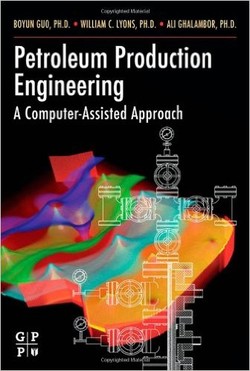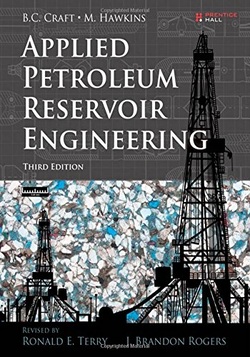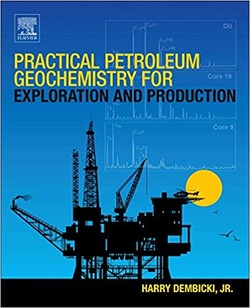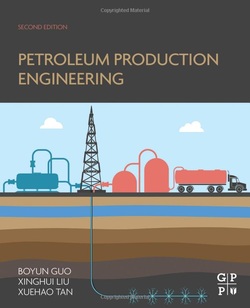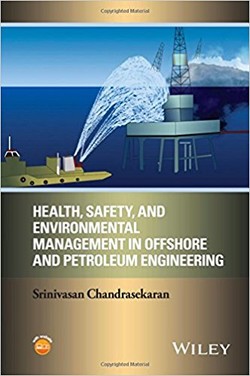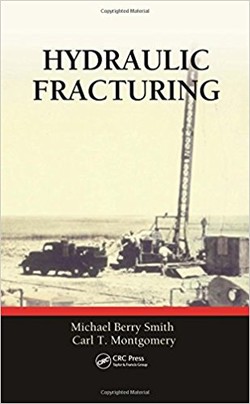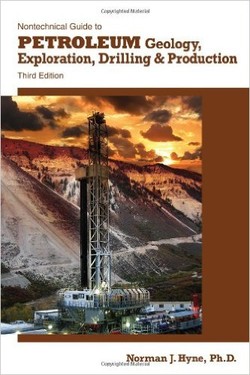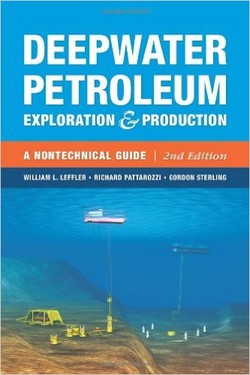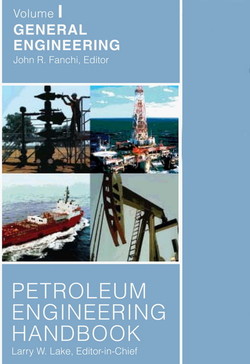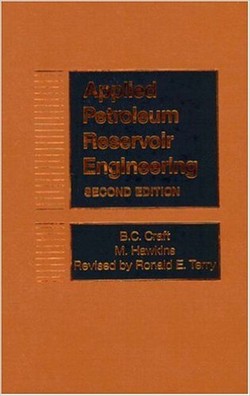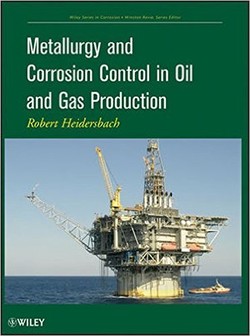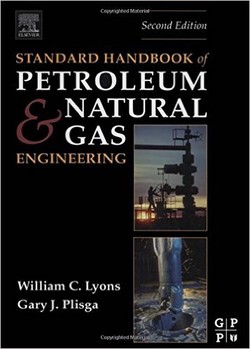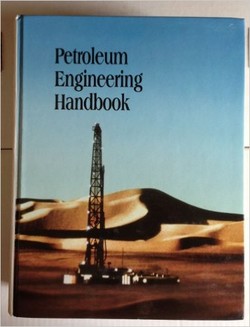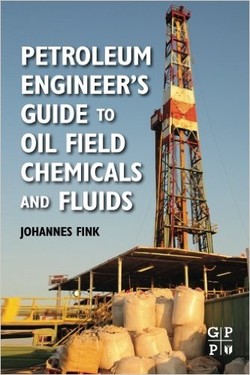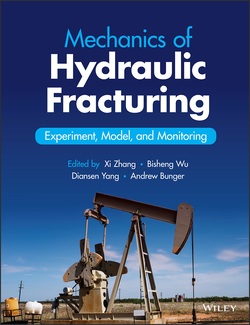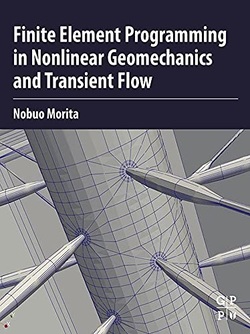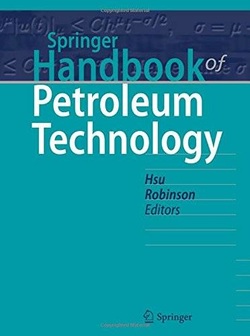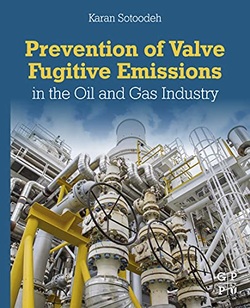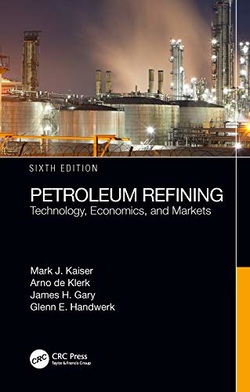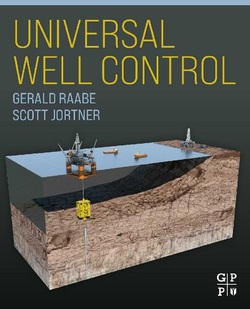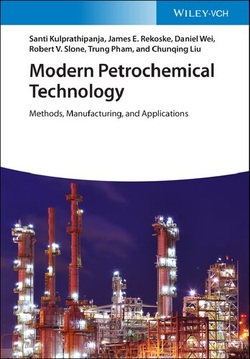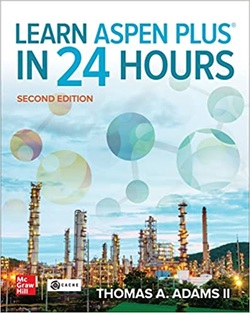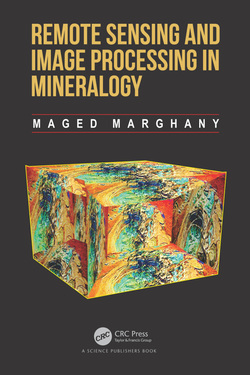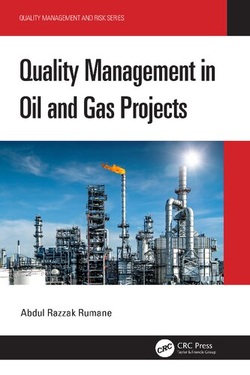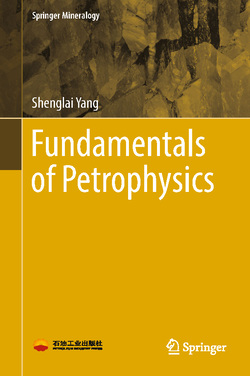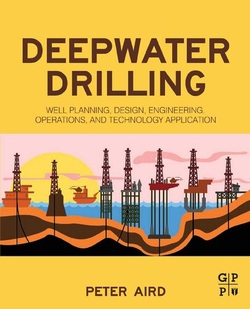کتاب “مهندسی تولید نفت” راهنماییهای کاربردی برای طراحی، آنالیز و بهینهسازی سیستمهای تولید نفت را ارائه میدهد.
این کتاب به چهار بخش شکسته شده است و حوزه کامل مهندسی تولید نفت را پوشش میدهد. همچنین شامل محاسبات پالایش گام به گام و برنامههای صفحهگسترده مبتنی بر کامپیوتر میباشد.
بخش اول شامل مباحثی دررابطه با اصول مهندسی تولید نفت، مدلهای تجربی برای آنالیز کاهش تولید و عملکرد چاههای نفت و گاز طبیعی میباشد.
بخش دوم اصول طراحی و انتخاب اجزای اصلی سیستمهای تولید نفت را ارائه میدهند. که شامل لولهسازی مناسب، تفکیک و dehydration سیستمها، پمپهای مایع، کمپرسورهای گاز و خطوط لوله برای حمل نفت و گاز میباشد.
بخش سوم روشهای بالابر مصنوعی مانند سیستمهای پمپاژ، پمپهای شناور الکتریکی و موارد بیشتر دیگر را معرفی میکند.
بخش چهارم شامل تکنیکهای افزایش تولید ازجمله شناسایی مشکلات چاه، طراحی شغلهای Acidizing، راهنماییهایی در زمینه شکست هیدرولیکی و تکنیکهای ارزیابی کار و تکنیکهای بهینهسازی تولید میباشد.
این کتاب به چهار بخش شکسته شده است و حوزه کامل مهندسی تولید نفت را پوشش میدهد. همچنین شامل محاسبات پالایش گام به گام و برنامههای صفحهگسترده مبتنی بر کامپیوتر میباشد.
بخش اول شامل مباحثی دررابطه با اصول مهندسی تولید نفت، مدلهای تجربی برای آنالیز کاهش تولید و عملکرد چاههای نفت و گاز طبیعی میباشد.
بخش دوم اصول طراحی و انتخاب اجزای اصلی سیستمهای تولید نفت را ارائه میدهند. که شامل لولهسازی مناسب، تفکیک و dehydration سیستمها، پمپهای مایع، کمپرسورهای گاز و خطوط لوله برای حمل نفت و گاز میباشد.
بخش سوم روشهای بالابر مصنوعی مانند سیستمهای پمپاژ، پمپهای شناور الکتریکی و موارد بیشتر دیگر را معرفی میکند.
بخش چهارم شامل تکنیکهای افزایش تولید ازجمله شناسایی مشکلات چاه، طراحی شغلهای Acidizing، راهنماییهایی در زمینه شکست هیدرولیکی و تکنیکهای ارزیابی کار و تکنیکهای بهینهسازی تولید میباشد.
سال انتشار: 2007 | تعداد صفحات: 312 | حجم فایل: 10.82 مگابایت | زبان: انگلیسی
Petroleum Production Engineering, A Computer-Assisted Approach
نویسنده:
Boyun Guo PhD, William C. Lyons Ph.D. P.E., Ali Ghalambor PhD
ناشر:
Gulf Professional Publishing
ISBN10:
0750682701
ISBN13:
9780750682701
